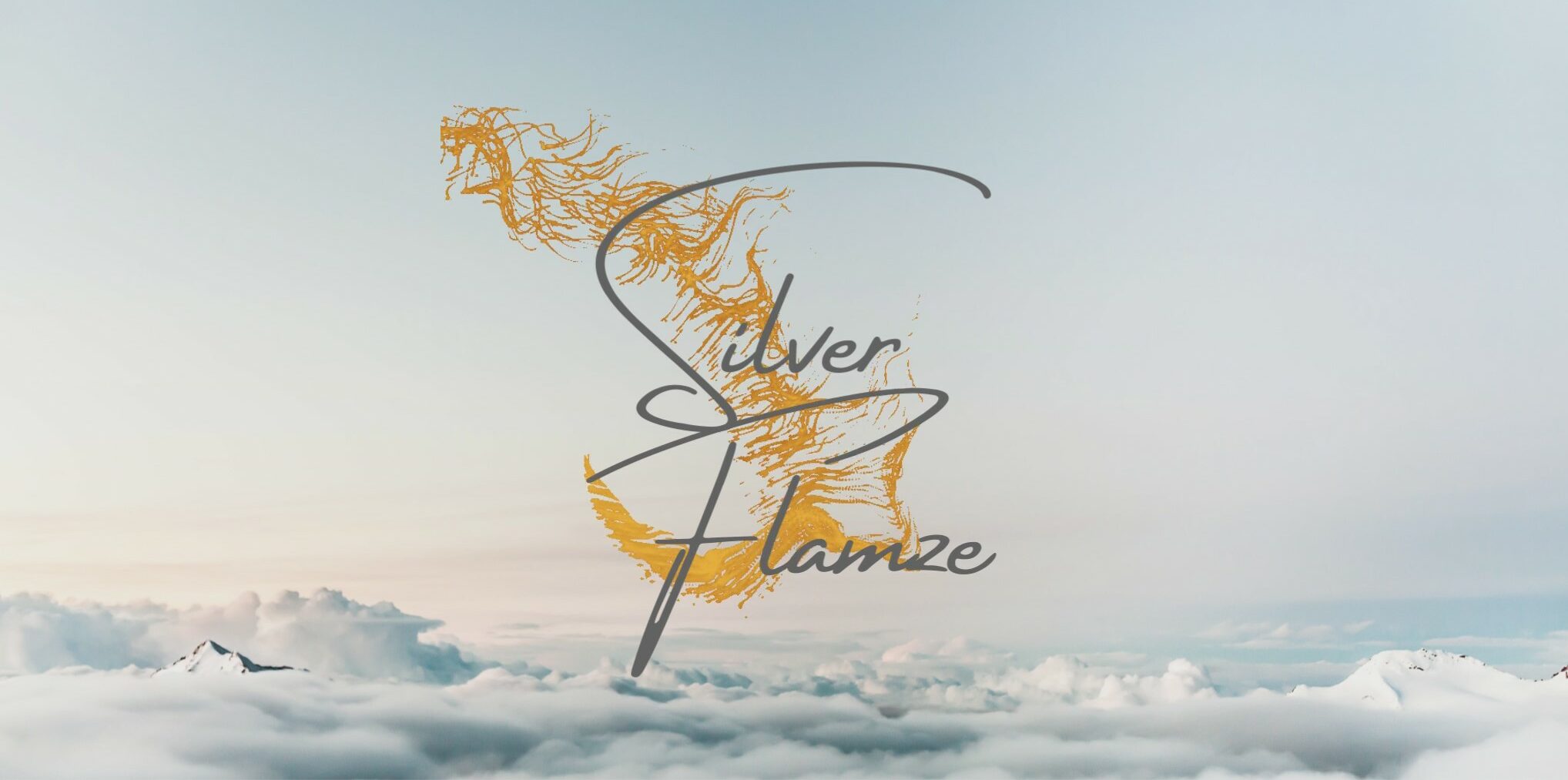Jewelry was made as early as 150 thousand years ago. In the history of jewelry making, Who was first? It is thought to be the people living in caves in the western deserts of Morocco. They used seashells strung into necklaces.
What makes something termed jewelry
A piece of a found object is designed and created into an adornment for the body. Jewelry is something wearable, created to hold significant value to the receiver. Tokens of love! Treasures to be passed on to the next generations. Eventually, the object takes on the personality of the wearer. There are even some birds known to place found objects in their feathers to enhance their appeal to the female bird.
Jewelry is anything wearable, that adorns the body or enhances a part of the body. Sometimes it is giving the order of strength and in so many ways is like body Armour.

Where in the world
Morocco is rich in traditional jewelry! The tribe, in particular, the Berbers of the Atlas Mountains have a steep history of making jewelry. Traditional Moroccan people have a long relationship with metalsmithing. Smelting and forging metal into ornaments, bowls, ceremonial pieces and jewelry. All over the world, traditional people found reasons to make jewelry. The Indigenous Americans did a lot of beading, using bigger beads, and hand-drilled holes to run the thread through.
Gold signet rings have been found in the tomes in Egypt and still today Egyptian goldsmiths and silversmiths produce an array of decorative gold and silver jewelry.
Ireland and the British Isles have some of the most exquisite and talented jewelers. It could be said also that the oldest found jewelry is from Ireland. Shells again are the material of the jewelry that has been found.

Why precious metals?
Certain precious metals like silver and gold, date far back to the early Ancient Egyptians. They loved using those metals for believed special powers. And indeed a gold mask made for King Tutankhamun gives insight into precious metals and humans.
Silver adornment was common with the Ancient Aztec people of Mexico. Prized for its healing qualities and protection from evil spirits. They did wear Gold too!
Silver was associated with the Moon and feminine and Gold was associated with the Sun and masculine.
Who has the largest jewelry collection?
In the present year 2022, the company Pandora has the largest jewelry stores in the world, and the company’s products are made in Thailand.
The question though is probably not answered! I imagine Queen Elizabeth of Britain would be in the running for the largest collection of jewelry in value.
And perhaps Kazumi Arikawa, the Japanese dealer and collector would be considered to have the largest collection of jewelry.
I think that there would be numerous others, like Elizabeth Taylor, other musicians, and movie stars around the world.
Getting that kind of information would be researching auctions of jewelry collections. Which I will endeavor to write a further article on.
Conclusion
To discuss further the history of jewelry making. Who was first, is probably somewhat conclusive that it was the traditional Moroccans. A jewelry shell relic dating back to 150 000 years ago, was discovered.
Until such other artifacts in other regions of the world are found, they seem likely to have been worn like jewelry. This is the reality that ancient remains still continue to be found in destinations all around the world. That is the ever-wondrous field of archaeology.
Thank you for taking a look into who was the first to wear jewelry. You are welcome to look at our ever-growing selection of contemporary and antique jewelry at Silverflamze.
Erica Golding



Very interesting, I never knew a lot of that. Very fun read. I will continue on and read more. Thank you for your articles.
Thank you so much for your comment, Eric. I am glad you enjoyed the article.
Kind regards
Erica
As someone who has always been fascinated by the art of jewelry making, I found this article to be very informative and interesting. It’s amazing to see how this craft has evolved over time, from the early use of shells and bones to the sophisticated techniques and materials used today.
Personally, I have some experience in making jewelry as a hobby and it has given me a deeper appreciation for the skill and craftsmanship that goes into creating each piece. It’s also fascinating to learn about the cultural significance and symbolism behind certain types of jewelry.
Thanks so much Dave for your experienced opinions here, I appreciate it. I am glad that you found the article interesting and can see the cultural significance of jewelry making.
It is always good to know that you found it informative, thanks!
Kind regards
Erica
This is very interesting to know. I came across your article and was intrigued by the title. I had to know who was the first! So the Moroccans win that title.
I’ve always loved jewelry and I am a big fan of the Pandora bracelets and charms! I had to finally buy more bracelets to hold all the charms I was collecting😎💎
Thanks for sharing!
Hello Lisa,
Thanks so much for sharing your thoughts on my article the history of Jewellery making. Who was first is for sure intriguing and many could dispute the winning title of Morocco, however as I delve deeper into the subject, I am convinced Moroccans were the first.
I know collecting charms can be so memorable and fun for sure, I have a traditional charm bracelet where the sterling silver charms can be soldered to the link silver chain. When my mum and I owned The Silver Shop in Townsville Queensland Australia, we sold thousands of sterling silver charms, they are always popular.
I appreciate you sharing your love of jewellery, me too it is my passion.
Kind regards
Erica